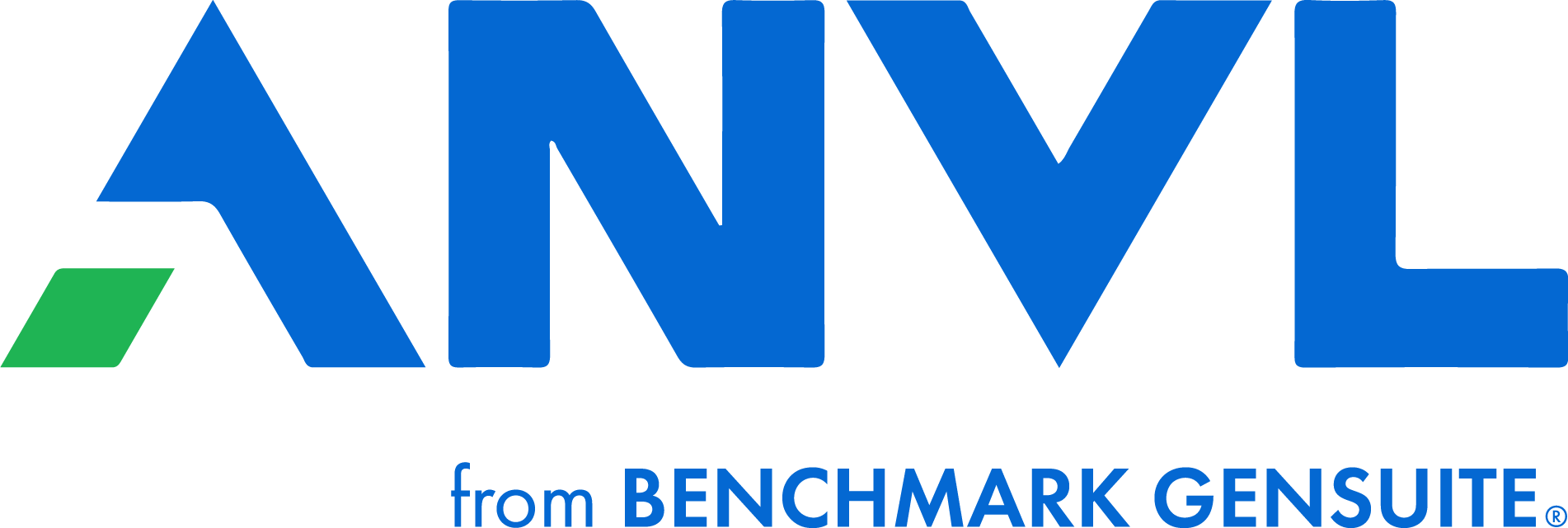Schedule a demo
Want to learn more? Schedule a demo with us.
Digital Safety App
Digital safety apps address the growing need for protection against online threats among individuals and organizations. These apps are designed to establish an environment where users can feel confident that their data is protected from unauthorized access or malicious use.
What Is Digital Safety?
In essence, digital safety is the concept of safeguarding an individual's or organization’s digital information from cyber threats such as hacking, phishing, or identity theft. There are several common methods of ensuring digital safety, including:- Password protection
- Encryption techniques
- Secure communication channels
- Using only trustworthy software applications
What Are Digital Safety Apps?
In addition to common cybersecurity best practices, implementing a digital safety app can provide an additional layer of protection against virtual threats. These applications employ cutting-edge technologies to continuously monitor user activity and scan for potential risks, as well as alert users about suspicious activities. Many safety apps also have built-in features like automatic updates to ensure that the most recent security patches are always in place.Connected Worker Apps
One type of digital safety app is the connected worker app. Connected worker apps focus on workforce management while also integrating robust security features. They assist organizations with employee monitoring by offering real-time insights into productivity levels and task completion statuses without sacrificing data privacy standards.As businesses adopt an increasingly global approach towards operations management (especially in the face of remote work trends), connected worker apps can help establish secure communication channels among team members. Adopting a comprehensive digital safety strategy that includes a connected worker app is a great way to protect your business and your individual users alike from the myriad digital threats lying in wait.
Why Is Digital Safety Important?
As we come to rely more and more on technology, it becomes increasingly imperative to protect ourselves against potential digital threats. Let’s explore why digital safety is so important for digital job safety, workplace safety, and connected worker safety.Digital Job Safety
Now that a majority of people rely on digital tools to perform their jobs, it is very important to safeguard sensitive data. Unauthorized access could lead to catastrophic events such as identity theft or financial loss. Moreover, protecting digital assets from malicious activity is crucial for maintaining a company’s credibility.Workplace Safety
Workplace safety includes not just physical protection but also digital protection. Employees who use digital tools as part of their jobs need to be aware of potential risks lurking in cyberspace. Cyberattacks can have devastating consequences for both individuals and companies — ranging from reputational damage to loss of confidential information. By implementing robust security measures like strong passwords and firewalls, coupled with regular employee training on best practices for handling sensitive data, organizations can create safer work environments.Connected Worker Safety
Connected worker safety is about protecting workers who rely heavily on technology for professional communication. Thanks to advancements in wearable devices, IoT (Internet of Things) technologies are now used in many industries, such as construction or manufacturing, for real-time monitoring of workers. However, their reliance on technology makes these connected workers susceptible to cyber threats. It’s very important for connected workplaces to implement robust digital security features.Benefits Of Workplace Safety
By investing in comprehensive safety measures and cultivating safety awareness among employees, companies can significantly reduce accidents, increase productivity levels, and foster a sense of well-being among their workforces.
Connected Worker Solutions
Connected worker solutions leverage advanced technology to protect employees from potential hazards. These systems often employ wearable devices that monitor critical health parameters such as heart rate and body temperature or track location data to ensure employees avoid hazardous areas. Additionally, many connected worker solutions provide instant communication channels for reporting incidents in real-time or notifying workers of emergencies.Connected Safety
Implementing connected worker technologies is an essential step towards attaining connected safety. Connected safety is an overarching approach that integrates multiple methods of risk management. It optimizes workplace security by enabling continuous monitoring and proactive intervention while also capturing vital information to aid decision-makers in identifying vulnerabilities.Connected safety extends beyond just technology — it also includes employee training programs designed to enhance preparedness for various workplace hazards. Employees can become active participants in maintaining workplace safety through instruction on proper procedures, safe equipment usage, emergency protocols, personal protective equipment (PPE), and more.
Creating a culture centered around the benefits of workplace safety through connected worker strategies and connected safety initiatives can lead to several positive outcomes for businesses:
- Not only do these measures help prevent accidents, but they can also contribute to improved morale among employees who feel secure in knowing their employer prioritizes their wellbeing.
- Safer workplaces have also been linked with increased productivity levels.
- Organizations may even experience lower insurance premiums because fewer claims are filed against them — ultimately leading to significant cost savings over time.
Digital Safety Inspection
One of the best ways to guarantee digital safety is by conducting digital safety inspections. These inspections involve utilizing technology to streamline the process and increase efficiency, ultimately making workplaces safer for everyone involved.What Is Job Safety Analysis?
A job safety analysis (JSA) is a systematic process used to evaluate potential hazards present in a specific task or job. By breaking down each step of a task and identifying associated hazards, appropriate control measures can be enacted to mitigate risk. Businesses can use digital tools like mobile applications and software platforms for JSA creation and management to ensure their employees are working under safe conditions.What Is a Job Safety Inspection?
Similarly, job safety inspections focus on evaluating workplace conditions to assess compliance with health and safety regulations. A crucial aspect of maintaining employee well-being is regularly assessing equipment functionality and overall working conditions. Integrating digital solutions into these inspections can help improve accuracy and consistency while reducing potential errors from manual data entry.What Is Digital Safety?
Digital safety encompasses all aspects of technology as it relates to workplace health and safety efforts — this includes everything from smart devices that monitor worker vitals in real-time to software platforms that track incident reports and training certifications.Safety Check Apps
Safety check apps are specialized tools designed to facilitate thorough digital evaluations of various risk factors within a workplace. These applications include a wide variety of features, such as:- Customizable templates for different industries
- Photo documentation capabilities for visual evidence during inspections
- Automatic generation of reports based on collected data
- Integration with other enterprise systems like asset management or human resources software
Digital Safety Solutions
Digital safety solutions have become increasingly important in today's highly connected world, where businesses and individuals rely on technology to perform essential tasks. With more dependence than ever on digital platforms, there is also more need to ensure these platforms are secure and reliable.Digital Safety Management Systems
One key aspect of digital safety is the implementation of comprehensive digital safety management systems that can help organizations minimize risks associated with their digital assets. A digital safety management system should involve several steps, including:- Identifying potential hazards
- Assessing the impact and likelihood of hazards
- Designing controls to mitigate or eliminate hazards
Connected Worker Platforms
Connected worker platforms aim to enhance workers' productivity by providing real-time access to information and resources needed for their jobs while simultaneously improving their safety. For example, wearable devices equipped with sensors could collect data about workers' physical conditions (such as heart rate) or environmental factors (such as noise level) and alert them to potentially hazardous situations.Augmented Reality Tools
Augmented reality tools can help workers visualize safety instructions more clearly. Connected worker platforms can also facilitate communication between team members through messaging apps or voice calls, allowing workers to report incidents instantly or seek help from colleagues without interrupting their workflow. These features are invaluable in high-risk environments like construction sites or manufacturing facilities.Moreover, a connected worker platform can improve overall organizational efficiency by facilitating seamless collaboration between employees at various levels. In turn, this enhanced connectivity can promote faster decision-making processes based on real-time data inputs.
By deploying a comprehensive digital safety management system, companies can effectively manage and mitigate risks associated with their digital assets. Integrating connected worker platforms into your organization's digital safety strategy can enhance employee productivity and ensure worker safety, ultimately leading to a safer and more efficient working environment for everyone.
Anvl: Let’s Get to Work
Ready to see how Anvl can impact your organization? Contact one of our experts today.

